The Battery Philadelphia is another example of a successful historic tax credit project. This latest installment of “Historic Tax Credits @ Work” shows how a classic “white elephant” was re-energized into a unique lifestyle campus that offers space for people to live, work, stay, and gather under one roof.
About Delaware Station
Located at 1325 Beach Street in Philadelphia’s Fishtown neighborhood , the Delaware Station of the Philadelphia Electric Company (PECO) (2015RE01646) is a massive 5-story, reinforced concrete building consisting of three major components: the boiler house, a turbine hall, and a switch house. The station is adjacent to Penn Treaty Park to the north and sits along the Delaware River with views of Center City to the south and Camden NJ’s Cooper Point to the east.
Delaware Station’s history begins with PECO’s purchase of the former Neafie & Levy Shipyard, one of Philadelphia’s largest shipbuilders of the nineteenth century, in 1913. A new station was needed to meet the electric power demand of the surrounding areas due to a high concentration of textile-related industries, shipyards and other related factories, and ever-increasing number of homes with a proliferation of electric appliances.
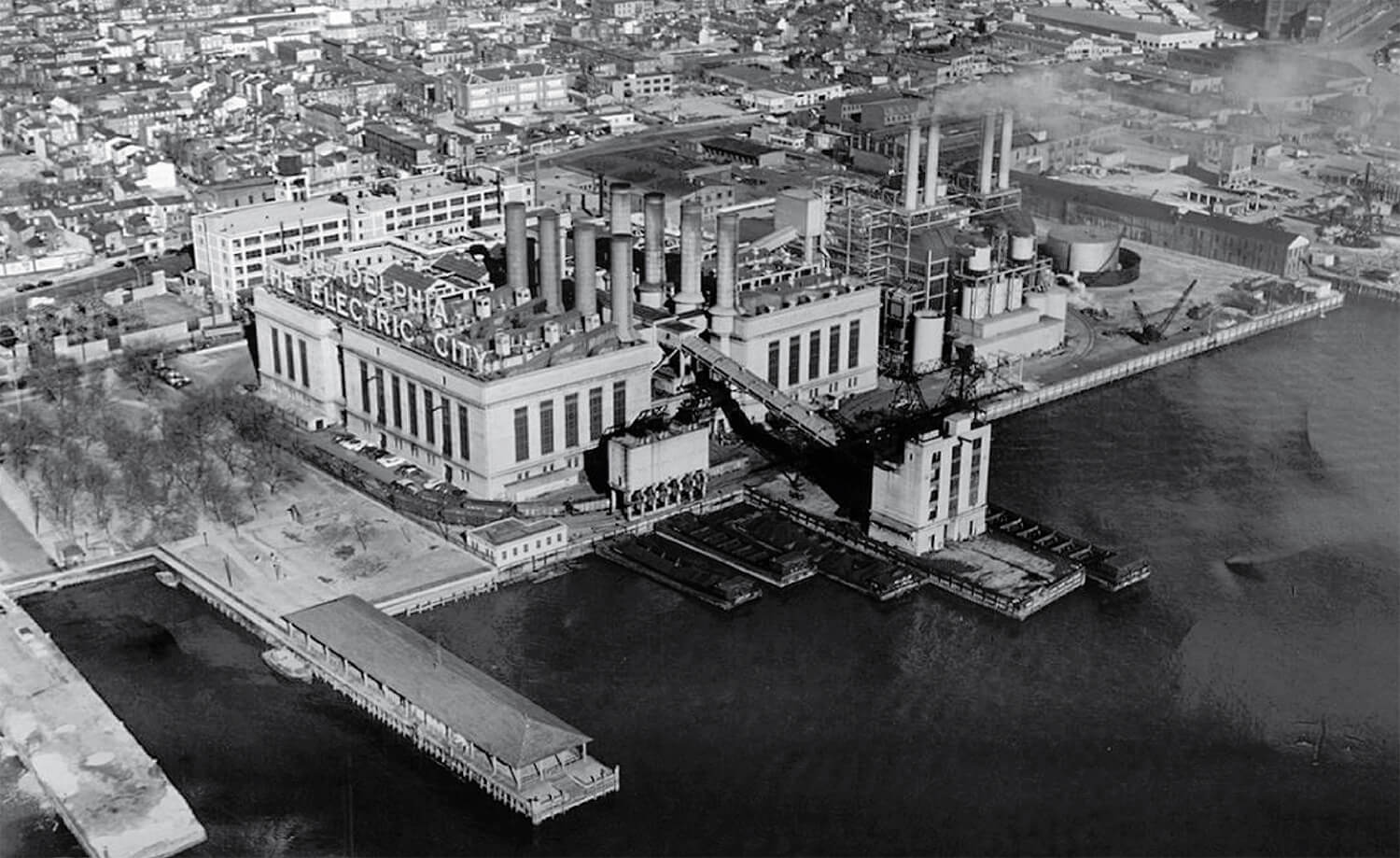
Aerial view of Delaware Station, 1954.Architect John T. Windrim, in collaboration with PECO Chief Engineer and Vice President William C. L. Eglin, designed the impressive Beaux Arts complex. The new power plant would have the capacity to produce 180,000 kw with six turbine units of 30,000 kw each. Delaware Station took five years to complete and by 1923, all six turbines were serving the company’s rapidly expanding customer base.
By this time the Delaware Station employed over 150 engineers, mechanics, and other supportive workers to assist in servicing Philadelphia Electric’s increasing customer number that had reached 305,644. The Philadelphia area peak load reached 387,200kw in 1925 and the new Delaware Station provided over 46 percent of this load, making it the largest power station, both in footprint and generating capacity in the Philadelphia Electric system.
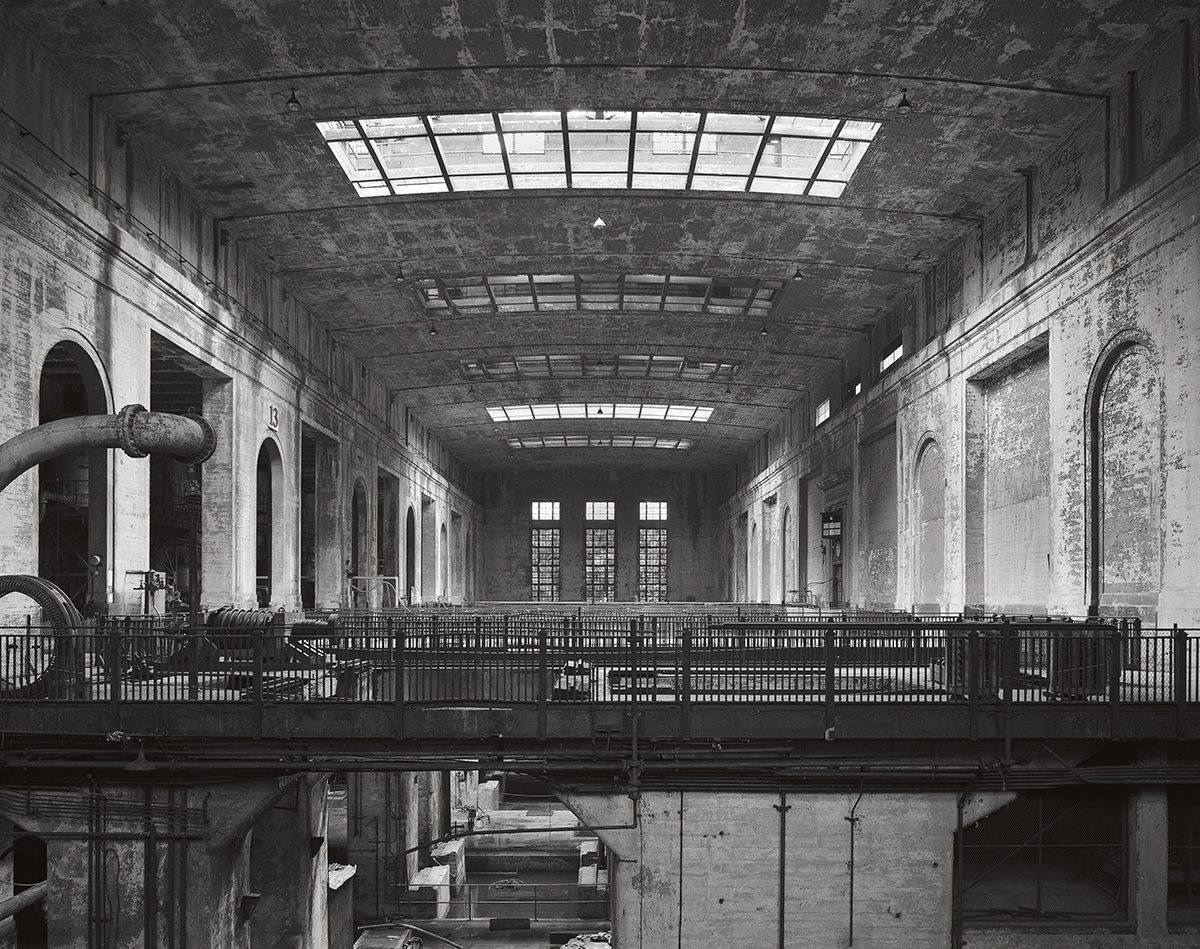
Delaware Station of the Philadelphia Electric Company, turbine hall. Source: https://www.atlasobscura.com/articles/magnificent-photos-of-power-stations-in-the-early-1900s.
PECO expanded Delaware Station with additional generator units in the early 1950s as population growth and new development in Northeast Philadelphia and the surrounding suburbs brought more electric customers. By 1953, Delaware Station was supplying 25 percent of the city’s electricity, which had climbed to 1,873,00 kw. The boom was short-lived, however, as newer, cleaner technologies such as nuclear power replaced those depending on fossil fuels. By 1969, the original boiler houses were shut down and no electricity was generated in the Turbine Hall.
Before Rehabilitation
PECO was purchased by Excelon company in 2000 and in 2008, the once thriving electric station stopped functioning as a power plant and the turbines, generators, and oil tanks were demolished. The vacant property experienced a period of marked deterioration and vandalism in the years before it was sold in 2015 to L-A Battery QOZ LLC, the entity that would ultimately bring new life to this former engineering and industry landmark in the city.
- Delaware Station of the Philadelphia Electric Company, before rehabilitation. Photo by Powers & Company.
- Delaware Station of the Philadelphia Electric Company, before rehabilitation. Photo by Powers & Company.
- Delaware Station of the Philadelphia Electric Company, before rehabilitation. Photo by Powers & Company.
- Delaware Station of the Philadelphia Electric Company, before rehabilitation. Photo by Powers & Company.
- Delaware Station of the Philadelphia Electric Company, before rehabilitation. Photo by Powers & Company.
- Delaware Station of the Philadelphia Electric Company, before rehabilitation. Photo by Powers & Company.
As one of the preliminary steps in the development plan, the property was listed in the National Register of Historic Places in August 2016 for its architecture and engineering as Philadelphia’s largest power station in the 20th century. This listing is one of the eligibility criteria for the federal and Pennsylvania historic tax credits. Often, these tax credits are used together in the same project and are a a vital component in the overall financing package.
Rehabilitation
The rehabilitation of Delaware Station started in 2019 and was completed in December 2023 and both the federal and state historic tax credits were part of the project’s $225 million funding. The owner worked closely with PA SHPO, the National Park Service staff, project architect, contractor, and preservation consultant to realize their vision to transform the vacant industrial campus into a 500,000 square foot multi-use campus that includes 186 residential apartments, office space, recreational areas, event spaces, hotel rooms, and retail space.
Exterior work focused on retaining the significant character-defining features of the building and site. Highlights include:
- in kind repair of the original concrete envelope and details,
- retention of the existing site circulation and parking,
- in kind repair of the surviving glazed skylights,
- new windows and doors matching the size and appearance of the original,
- limited insertion of new window and door openings, and
- limited rooftop construction for new amenities.
- Delaware Station of the Philadelphia Electric Company, now The Battery, after rehabilitation. Photo by Powers & Company.
- Delaware Station of the Philadelphia Electric Company, now The Battery, after rehabilitation. Photo by Powers & Company.
- Delaware Station of the Philadelphia Electric Company, now The Battery, after rehabilitation. Switch house. Photo by Powers & Company.
- Delaware Station of the Philadelphia Electric Company, now The Battery, after rehabilitation. Photo by Powers & Company.
Interior work also focused on the retention and representation of the property’s historic industrial character. The amount and degree of deterioration posed challenges for the rehabilitation team as did the building’s sheer size and scale. Highlights include:
- preserving and leaving exposed the original concrete surfaces and structural steel components,
- retaining key original spaces like Turbine Hall,
- installation of new code compliant stairs and elevators, and
- sensitive insertion of new floors levels, features, and finishes.
- Delaware Station of the Philadelphia Electric Company, now The Battery, after rehabilitation. Boiler room. Photo by Powers & Company.
- Delaware Station of the Philadelphia Electric Company, now The Battery, after rehabilitation. Switch house. Photo by Powers & Company.
- Delaware Station of the Philadelphia Electric Company, now The Battery, after rehabilitation. Switch house. Photo by Powers & Company.
- Delaware Station of the Philadelphia Electric Company, now The Battery, after rehabilitation. Switch house. Photo by Powers & Company.
- Delaware Station of the Philadelphia Electric Company, now The Battery, after rehabilitation. Turbine Hall. Photo by Powers & Company.
- Delaware Station of the Philadelphia Electric Company, now The Battery, after rehabilitation. Boiler Room. Photo by Powers & Company.
After Rehabilitation
This project is notable as an example of a building’s incredible transformation due to its size, previous use, and amount of deterioration.
The Battery Philadelphia received its Part 3 certification from the National Park Service in December 2023 because the completed work met the Secretary of the Interior’s Standards for Rehabilitation, allowing the owners to take the 20% federal historic tax credit. The project also received a $275,000 PA Historic Preservation Tax Credit allocation from DCED for State FY 2022-23.
This once (literally) electrifying property is once again jump starting the public with an impressive new use and appearance. The federal and state historic tax credit programs are great productive tools to give historic buildings a new life that will have long and very beneficial effects on the surrounding communities.
Comment Policy
PHMC welcomes and encourages topic-related comments on this blog. PHMC reserves the right to remove comments that in PHMC’s discretion do not follow participation guidelines.
Commenters and Comments shall be related to the blog post topic and respectful of others who use this site.
Commenters and Comments shall not: use language that is offensive, inflammatory or provocative (this includes, but is not limited to, using profanity, obscene, or vulgar comments); disparage other commenters or people; condone illegal activity; identify the location of known or suspected archeological sites; post personal information in comments such as addresses, phone numbers, e-mail addresses or other contact details, which may relate to you or other individuals; impersonate or falsely claim to represent a person or an organization; make any commercial endorsement or promotion of any product, service or publication.
If you would like to comment on other topics not related to this blog post but related to PHMC, please fill out the PHMC Contact Us Form.
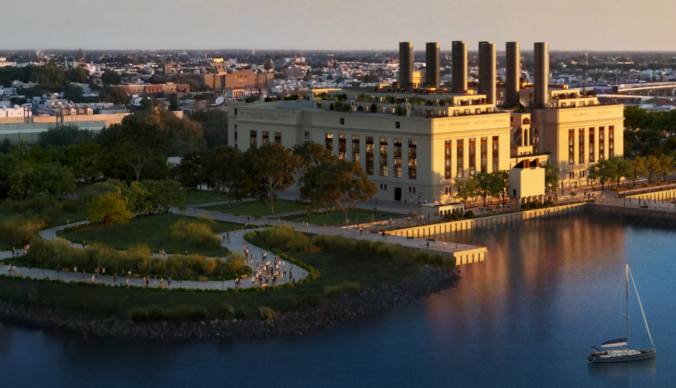
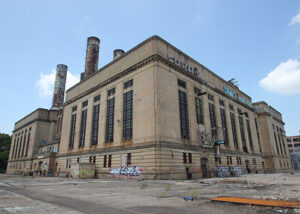
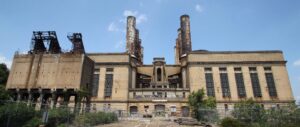
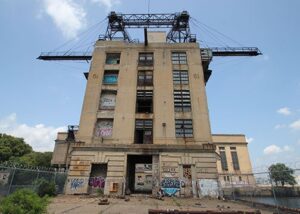
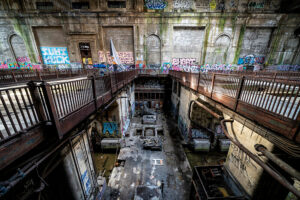
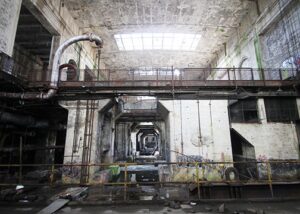
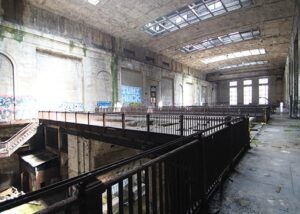
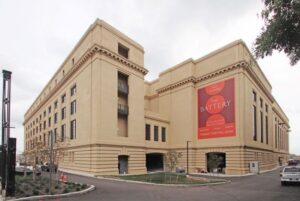
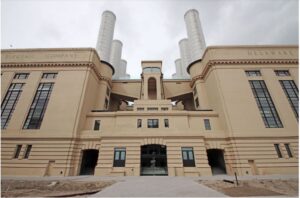

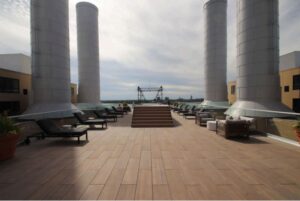

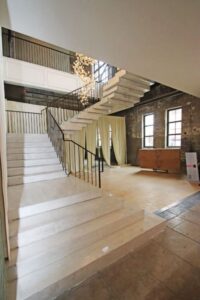

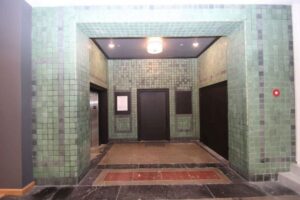
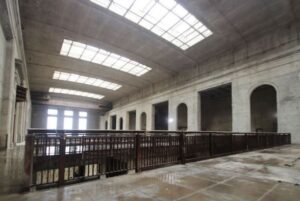

Leave a Reply